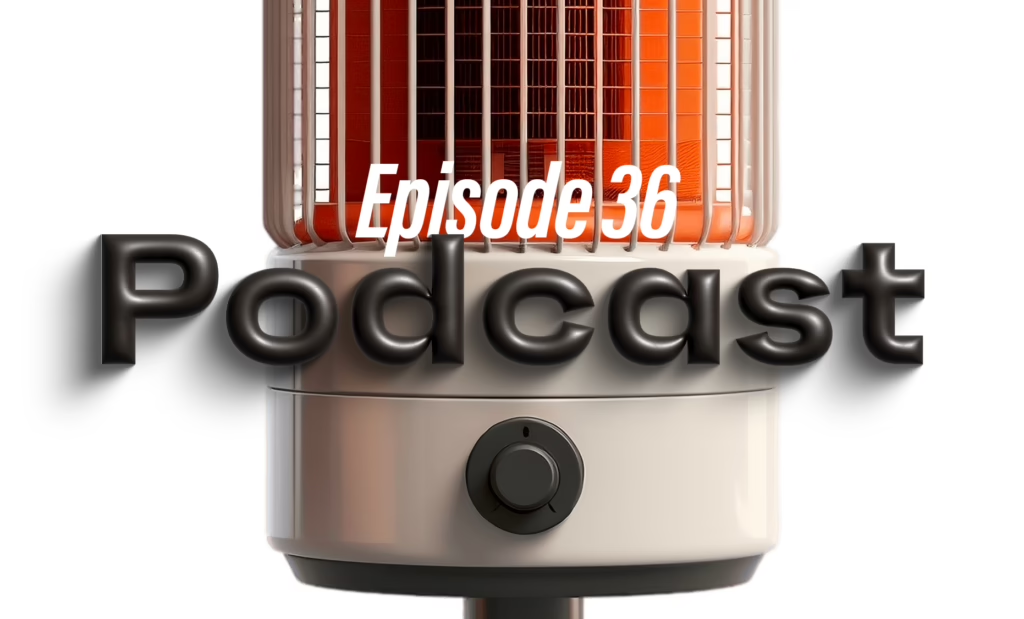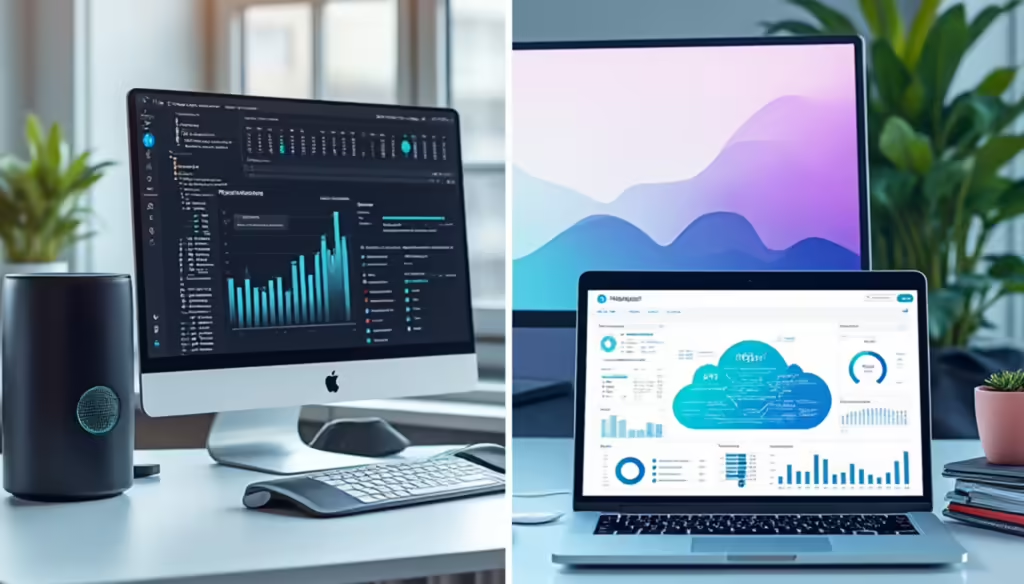With Laurier Mandin and Ian Chamandy
Product marketing is all about differentiation. The leaders behind every product brand have thought about, rehearsed, or delivered an elevator speech about why you should choose their offering—but VERY few have baked in a concise way of articulating it to their customers.
If you create physical products, the most important differentiation may not be the products themselves. In fact, focusing too much on selling your product features is probably counter-productive. Research is clear that people make decisions on a deeply emotional level, and then consciously rationalize the decision to explain it. But how do we make use of knowing customer choices are emotional? How do you begin to differentiate your product, emotionally?
Ian Chamandy and Ken Aber wrote the book “Why Should I choose you: Answering the Most Important Question in Business In Seven Words or Less.” They’ve developed a process for companies to come up with more than just a mission statement: it’s a promise, a core differentiator and an attitude. And another essential quality: it must be very short—no more than seven words. These principles all translate directly to product brands, and cracking the seven-word code for your own can change its competitive landscape.
Graphos Product CEO Laurier Mandin talked with Ian Chamandy on Skype to do a deeper dive.





